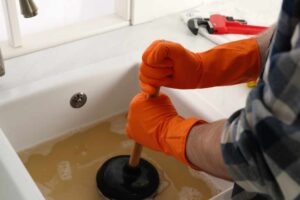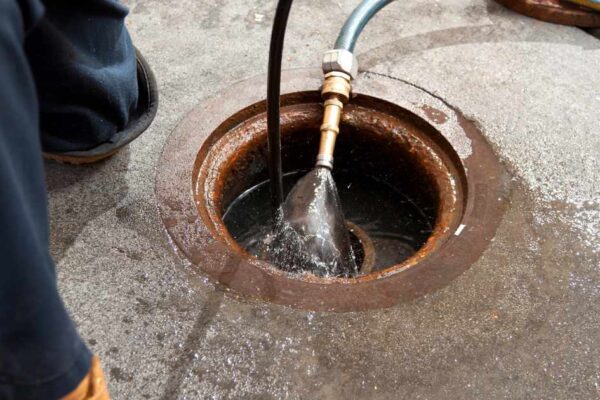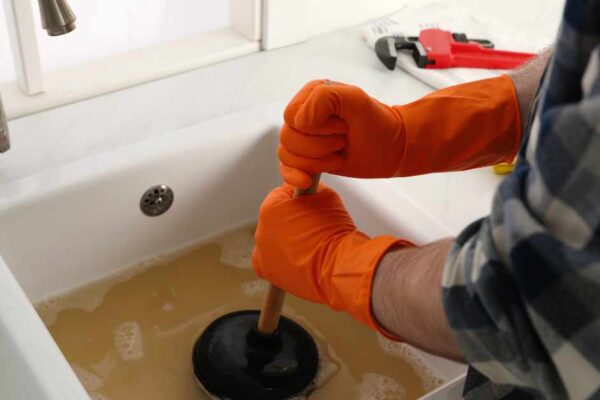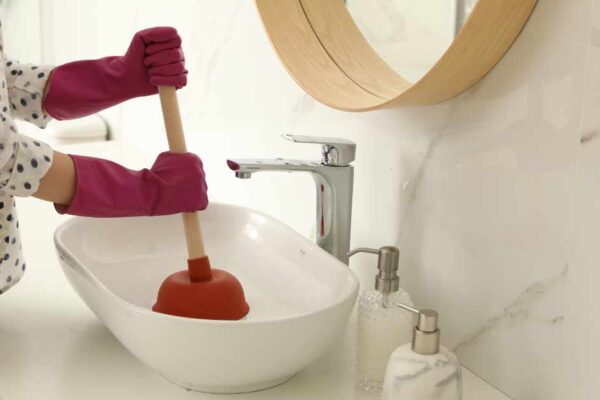Thinset is a cement-based adhesive that is commonly used in the installation of tiles, stones, and other decorative elements in construction projects. When working with thinset, it is essential to understand its properties, including whether it is waterproof or water-resistant. In this article, we will explore the characteristics of thinset and how they relate to water resistance.
Understanding Thinset:
What is Thinset?
Thinset is a mortar that is made by mixing cement, sand, and a water-retention agent. The water-retention agent helps the mortar stay wet for a longer period, allowing it to bond effectively to the surface it is applied to. Thinset is commonly used for setting ceramic and stone tiles, and it is known for its strength and durability.
Types of Thinset
There are different types of thinset available in the market, and each type has unique properties that make it suitable for specific applications. Here are some of the most common types of thinset:
Modified Thinset: This type of thinset is made by adding a polymer to the mix. The polymer improves the adhesive strength of the mortar, making it suitable for high-stress areas such as floors and walls. Modified thinset is also resistant to water and can be used in wet areas such as bathrooms and kitchens.
Unmodified Thinset: This type of thinset is made by mixing cement, sand, and a water-retention agent without any added polymer. Unmodified thinset is less expensive than modified thinset but is also less durable. It is suitable for low-stress areas such as backsplashes and countertops.
Epoxy Thinset: This type of thinset is made by mixing epoxy resin and hardener. Epoxy thinset is highly durable and resistant to chemicals, making it suitable for industrial applications.
Water Resistance of Thinset
The water resistance of thinset depends on the type of thinset used. Modified thinset is water-resistant and can be used in wet areas such as bathrooms, showers, and kitchens. It can also be used in areas where there is a high risk of water exposure, such as swimming pools and fountains.
Unmodified thinset is not water-resistant and should not be used in wet areas. It can absorb water and may cause damage to the substrate if used in areas where there is a high risk of water exposure.
Epoxy thinset is highly water-resistant and can be used in areas where there is a high risk of water exposure. It is also resistant to chemicals, making it suitable for industrial applications.
FAQ’s
Is all thinset waterproof?
No, not all thinset is waterproof. The water resistance of thinset depends on the type of thinset used. Modified thinset is water-resistant and can be used in wet areas such as bathrooms, showers, and kitchens. Unmodified thinset is not water-resistant and should not be used in wet areas. Epoxy thinset is highly water-resistant and can be used in areas where there is a high risk of water exposure.
Can water damage thinset?
Unmodified thinset can absorb water and may cause damage to the substrate if used in areas where there is a high risk of water exposure. On the other hand, modified and epoxy thinset are resistant to water and can withstand exposure to water without damage.
However, it is important to note that prolonged exposure to water can still cause damage to the tile or stone surface installed with thinset. Therefore, it is essential to choose the appropriate type of thinset for the specific application and follow proper installation techniques to ensure the durability and longevity of the installation.
How can I determine the type of thinset I need for my project?
The type of thinset needed for a project depends on the specific application and the requirements of the surface being installed. For wet areas such as bathrooms, showers, and kitchens, modified or epoxy thinset is recommended.
For low-stress areas such as backsplashes and countertops, unmodified thinset may be sufficient. It is always advisable to consult with a professional or the manufacturer of the tile or stone being installed to determine the appropriate type of thinset for the specific project. The manufacturer’s recommendations should always be followed for the best results.
Conclusion
Thinset is a versatile adhesive that is commonly used in construction projects. Its water resistance depends on the type of thinset used, with modified thinset being water-resistant and suitable for wet areas, unmodified thinset being unsuitable for wet areas, and epoxy thinset being highly water-resistant and suitable for areas with a high risk of water exposure. Understanding the properties of thinset is essential to ensure that it is used correctly and effectively in construction projects.







